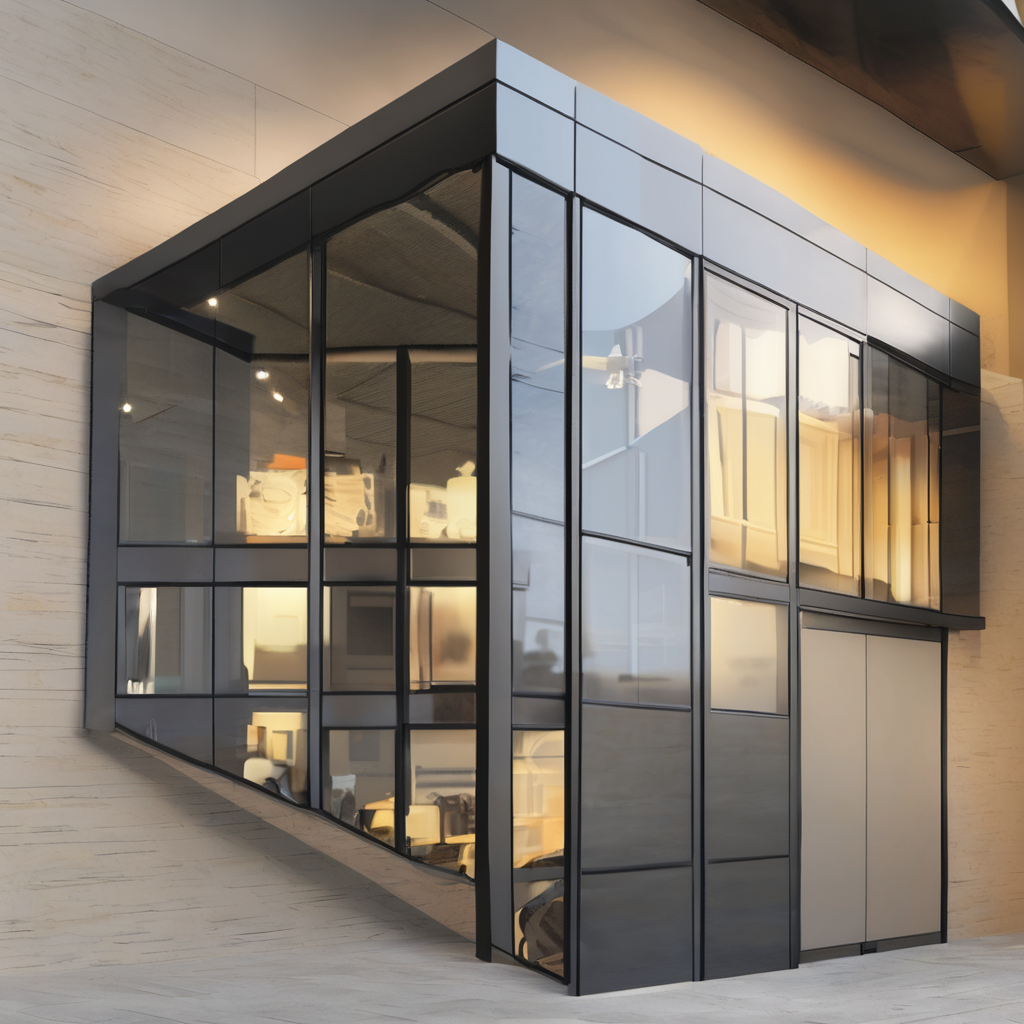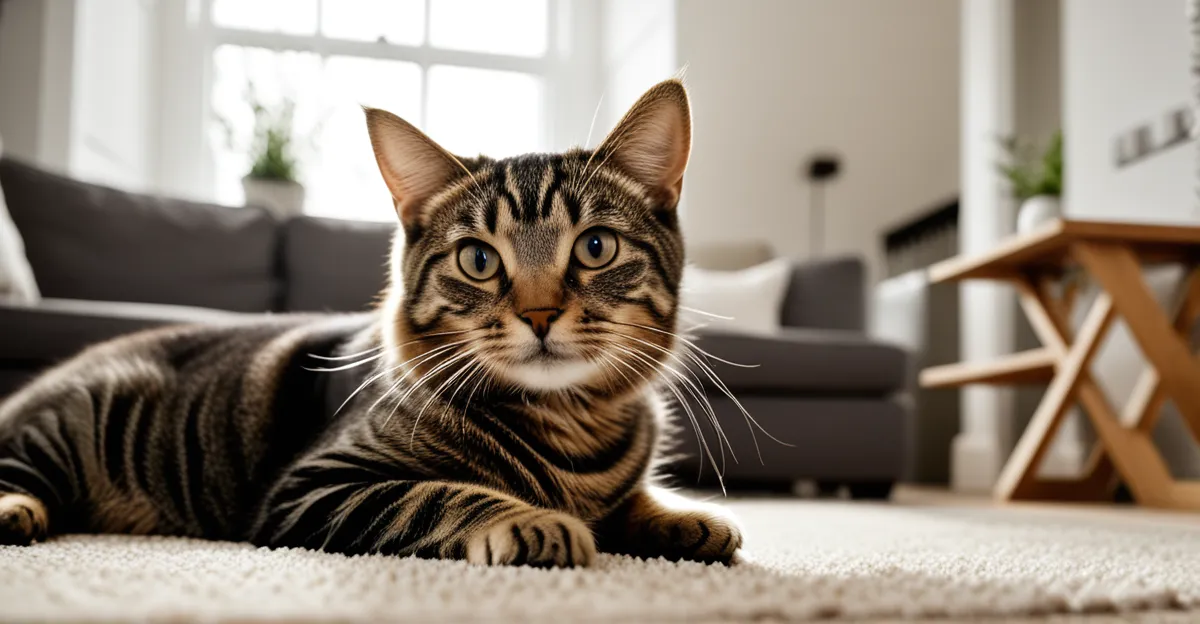Meeting Your Pet’s Needs at Home
Understanding your pet’s comfort starts by viewing your living space through their eyes. For UK pet owners, this means assessing areas where your pet spends most time, ensuring these spots accommodate their specific needs. Dogs often require durable surfaces and easy access spots for resting and playing, while cats thrive in vertical spaces and cozy refuges. Small animals, like rabbits or guinea pigs, need quiet, draft-free zones with safe enclosures.
Home adaptations for pets can range from simple to more involved adjustments. Consider soft bedding for older dogs to support joints or scratching posts and climbing trees for cats to satisfy their natural instincts. Allowing pets to enjoy natural light and outdoor views encourages mental stimulation, essential for their wellbeing.
This might interest you : How do UK pet owners ensure pets are mentally stimulated?
Importantly, creating pet-friendly homes involves recognising these species’ distinct behaviours and comfort requirements. For instance, managing temperature-sensitive environments for small animals or providing separate eating zones helps maintain hygiene and reduce stress. By thoughtfully adapting your home to the needs of your dogs, cats, or small animals, you cultivate an environment where your pets feel secure, relaxed, and valued daily.
Essential Pet-Proofing Strategies
Ensuring safety and comfort through hazard prevention
In parallel : How Are UK Pet Owners Choosing to Train Their Pets?
One of the most crucial aspects of creating pet-friendly homes is rigorous pet-proofing. UK pet owners must vigilantly identify common household hazards that can jeopardise pet safety. Two frequent dangers include exposed electrical wires and toxic plants—both can cause serious injury or poisoning. To prevent accidents, securely fasten or conceal wires using cable organizers or protective casing. Remove or relocate plants known to be harmful to pets, such as lilies for cats and daffodils for dogs.
Small items like coins, batteries, or children’s toys may also pose choking risks. Regularly inspect your home and store such objects out of reach to reduce hazards. Additionally, adherence to specific UK pet regulations related to home safety—for example, ensuring safe fencing or gate installation—can enhance your property’s security significantly.
Effective pet-proofing also involves maintaining clear walkways to avoid tripping hazards for pets and owners alike. Consider using non-slip rugs on slippery floors for dogs, particularly older animals with mobility issues.
By implementing these straightforward yet vital hazard prevention measures, UK pet owners foster safer environments. This careful approach supports both pet comfort and wellbeing, making your home a truly secure haven.
Selecting Pet-Friendly Materials and Furniture
Choosing the right materials significantly impacts pet comfort and maintenance ease in pet-friendly homes. For UK pet owners, selecting scratch-resistant materials is essential, especially for cats. Options like tightly woven microfiber or leather alternatives resist claw damage and maintain appearance longer.
When it comes to fabrics, washable fabrics are a practical choice. These allow for easy cleaning of pet hair, dirt, and occasional accidents. Covers that remove quickly and machine-washable cushions help maintain hygiene without sacrificing style. Flooring should also be considered; hard floors like vinyl and laminate are preferable over carpeting due to their resistance to scratches and ease of cleaning.
Additionally, pet-friendly furniture designed with both durability and aesthetic appeal benefits home decor. Many UK retailers now offer ranges that blend functionality with modern style, ensuring furnishings complement the rest of your home while supporting your pet’s needs. Elevated beds, enclosed sofas, and multipurpose pieces provide comfort for pets and usability for owners.
Prioritising these materials and furnishings reduces wear and tear, promotes cleanliness, and enhances your pet’s daily experience. Understanding these options helps UK pet owners build a harmonious and lasting living environment for every member of the household.
Creating Dedicated Spaces for Pets
Designing your home with dedicated pet zones enhances pet comfort significantly. UK pet owners should create specific areas for sleeping, eating, and playing to help pets feel secure and settled. For example, a quiet corner with a plush pet bed away from foot traffic offers dogs and cats restful retreat spots. Small animals benefit from enclosed, draft-free spaces that mirror their natural habitats.
Indoor play areas encourage enrichment, vital for mental and physical health. Providing various toys and climbing structures keeps pets engaged and reduces destructive behaviour. Thoughtful placement of these zones near natural light sources also stimulates pets positively.
Storage solutions tailored for pet equipment help keep homes organised. Clever ideas include wall-mounted racks or baskets that store leashes, toys, and grooming tools neatly.
In UK homes, adapting spaces to your pet’s lifestyle and species-specific needs builds trust and wellbeing. A dog’s zone may focus on cushioning and space for movement, while a cat’s preferred area might emphasise vertical elements and hideaways. By thoughtfully crafting these pet-friendly spaces, you promote a harmonious household where pets thrive alongside their owners.
Inspiring Pet-Friendly Home Designs
Elevating spaces with style and functionality
Incorporating pet-friendly decor into your home can blend seamlessly with modern interior design. UK pet owners often seek ways to balance function with aesthetics, especially in smaller homes where every inch counts. Stylish pet furniture—such as sleek cat trees or minimalist dog beds—can complement living spaces while providing comfort.
Highlighting UK real homes with innovative design solutions offers inspiration. Many use multifunctional pieces allowing pets to enjoy dedicated areas without sacrificing style. For example, hidden pet nooks within cabinetry or under stair spaces combine clever design with practicality, supporting both pet comfort and homeowner tastes.
Balancing durability and elegance is key. Materials that are both scratch-resistant and easy to clean feature prominently in these designs. Natural tones and textures that appeal to pets can also enhance décor, creating cohesive environments attractive to all family members.
UK pet owners should consider how visual harmony enhances their home atmosphere, encouraging pet wellbeing and owner satisfaction. With thoughtful choices and creative approaches, pet-friendly homes become showcases of personality and care, where pets and owners enjoy their shared spaces fully.
Recommended Pet Products and Resources in the UK
For UK pet owners seeking to enhance their pet-friendly homes, choosing the right pet products is crucial. Prioritising pet comfort and safety begins with selecting high-quality pet beds that support different sizes and ages of pets. Orthopaedic beds, commonly available in the UK, are ideal for older dogs requiring joint relief. For cats, cozy nest-style beds accommodate natural curling behaviours.
Safety essentials like safety gates help contain dogs in designated spaces, preventing accidents and ensuring pet-proofing effectiveness. Many UK retailers offer adjustable gates designed specifically for home use, meeting standards that align with UK pet regulations.
When sourcing pet supplies, look for products made from durable, easy-to-clean materials that suit your pet’s habits. Popular UK suppliers provide eco-friendly and washable toys, grooming kits, and feeding accessories, balancing convenience with wellbeing.
New and experienced pet owners alike benefit from product checklists tailored to their pet’s species and lifestyle. This ensures comprehensive coverage of necessities from bedding to play and hygiene items.
By investing in recommended UK products and resources, owners craft safer, more comfortable environments. This proactive approach promotes longevity in pet-friendly homes while supporting everyday pet care routines effectively.
Expert Tips for a Safer, Happier Pet-Ready Home
Expert advice from UK veterinarians emphasises that pet behaviour profoundly impacts pet comfort and safety within pet-friendly homes. Understanding natural tendencies for dogs, cats, and small animals helps owners arrange spaces that reduce stress and limit risky interactions. For instance, ensuring a cat’s need for vertical escape routes or a dog’s preference for social interaction zones promotes wellbeing.
Veterinarian tips include monitoring changes in behaviour as signals of discomfort or health issues, enabling prompt intervention. Managing pets around the home means consistent routines, especially feeding and playtime, which provide reassurance. Providing enrichment such as toys or puzzle feeders reduces boredom and destructive behaviours, contributing to safer, calmer homes.
Regular maintenance practices play a pivotal role in a pet-friendly home’s upkeep. Experts recommend daily spot checks for potential hazards and weekly cleaning of pet areas to maintain hygiene. Nail trimming, dental care, and grooming not only enhance comfort but also prevent injuries that could affect your home environment.
UK pet care professionals advocate combining behavioural understanding with home adaptations for pets. This integrated approach accomplishes safer, happier living spaces where both pets and owners thrive confidently and in harmony.









